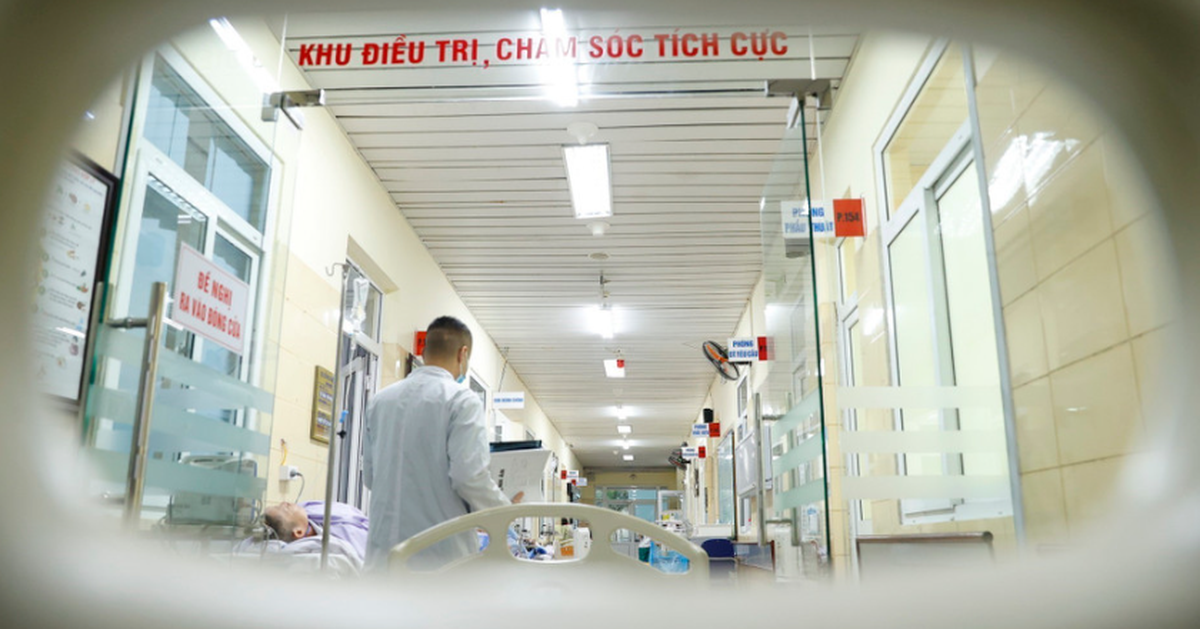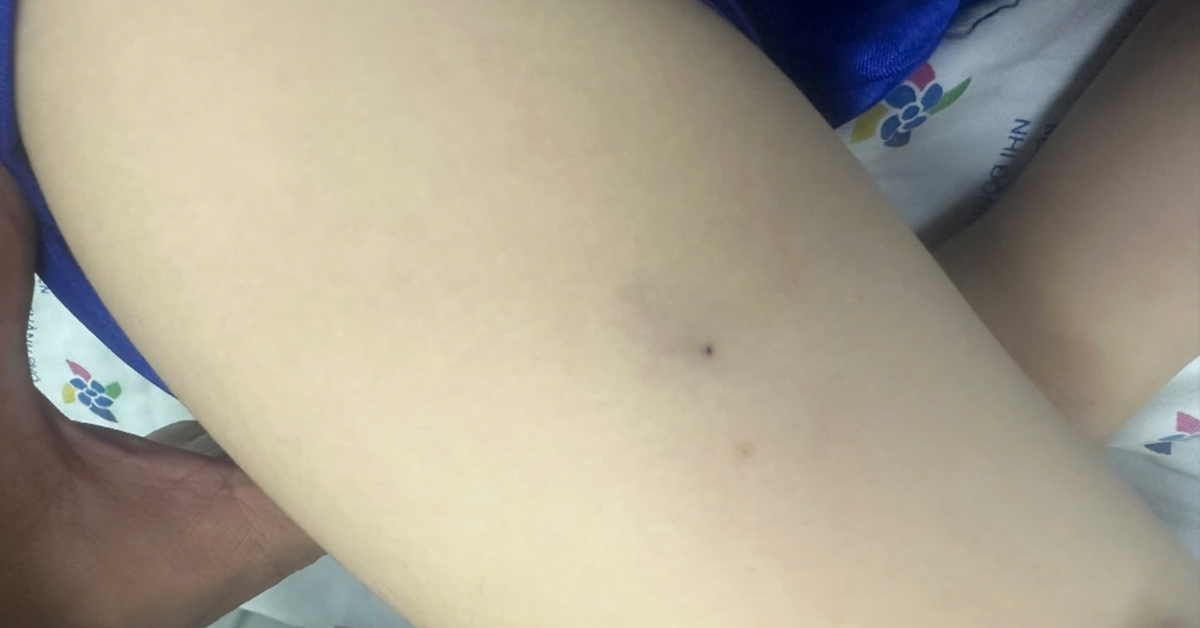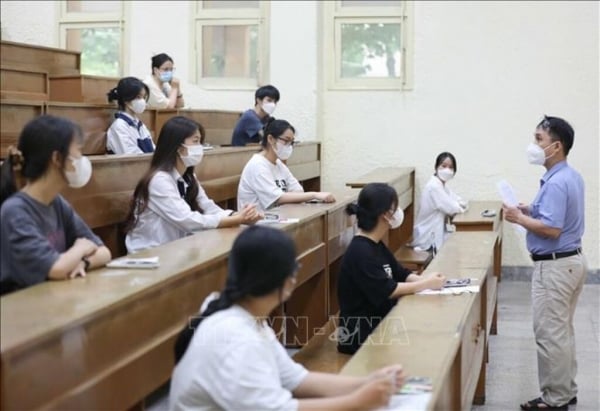Can you tell me which eye diseases are exempt from military service? - Reader Tuan An
 |
1. Regulations on health standards for military service
Pursuant to Clause 3, Article 4 of Circular 148/2018/TT-BQP, the health standards for military service are as follows:
- Select citizens with health categories 1, 2, 3 according to the provisions of Joint Circular 16/2016/TTLT-BYT-BQP regulating health examination for military service.
- For important agencies, units and confidential positions in the Army; Honor Guard, Ceremonial Force; Professional Military Guard and Control Force, selection shall be conducted to ensure specific standards according to regulations of the Ministry of National Defense.
- Citizens with health category 3 or refractive eye defects (myopia 1.5 diopters or more, hyperopia of various degrees); drug addicts, HIV-infected, AIDS are not called to enlist in the Army.
At the same time, Clause 4, Article 9 of Joint Circular 16/2016/TTLT-BYT-BQP stipulates health classification as follows:
Based on the score for 8 criteria recorded in the military service health certificate to classify, specifically as follows:
- Type 1: All 8 indicators have a score of 1;
- Type 2: At least 1 indicator has a score of 2;
- Type 3: At least 1 indicator has a score of 3;
- Type 4: At least 1 indicator has a score of 4;
- Type 5: At least 1 indicator has a score of 5;
- Type 6: At least 1 indicator has a score of 6.
Accordingly, for eye diseases, citizens with health category 3 refractive eye defects (myopia 1.5 diopters or higher, hyperopia of various degrees), and other eye diseases with health category 4 or higher will not be allowed to participate in military service.
2. List of eye diseases exempted from military service
TT | DISEASE | POINT | |
1. | Vision | ||
1.1 | Vision (without glasses): | ||
Right eye vision | Total visual acuity of both eyes | ||
8/10 | 10/16 | 4 | |
6.7/10 | 10/13 - 10/15 | 5 | |
1, 2, 3, 4, 5/10 | 6/10 - 12/10 | 6 | |
1.2 | Vision after correction | Score according to item 1.1 and increase by 1 point | |
2 | Short-sighted: | ||
- Myopia from -3D to below -4D | 4 | ||
- Myopia from -4D to under -5D | 5 | ||
- Myopia from -5D or more | 6 | ||
- Myopia surgery | Score according to item 1.1 and increase by 1 point | ||
3 | Retinal degeneration due to severe myopia (-3D or more) | 6 | |
4 | Farsightedness: | ||
- Farsightedness from +3D to less than +4D | 5 | ||
- Farsightedness from +4D to under +5D | 6 | ||
- Surgically treated farsightedness | Score according to item 1.1 and increase by 1 point | ||
5 | Types of astigmatism | 6 | |
6 | Meat dream: | ||
- Grade 3 flesh dream | 4 | ||
- Flesh dream covers the pupil | 5 | ||
- The surgically removed pterygium recurs, causing adhesions. | 5 | ||
7 | Corneal disease: | ||
- Simple, thin, small corneal scar outside the central area | Score according to item 1.1 and increase by 1 point | ||
- Corneal scar with iris adhesion | 6 | ||
- Keratitis: | |||
+ Medium | 4T | ||
8 | Trachoma: | ||
- No complications: | |||
+ If in the progress stage | Score according to item 1.1 and increase by 1 point | ||
+ If the scar has healed | Keep visual acuity classification | ||
- Complications (blood membrane, corneal scarring) | 5 | ||
9 | Hypertrichosis (ingrown) of the eyelid: | ||
- Affects eyesight | Score according to item 1.1 and increase by 1 point | ||
10 | Conjunctivitis (conjunctival membrane): | ||
- Vernal conjunctivitis | 4 | ||
11 | Tear duct: | ||
- Chronic dacryocystitis or dacryocystitis that has not been cured after multiple treatments: | |||
+ If in one eye | 5 | ||
+ If on both eyes | 6 | ||
12 | Diseases of the extraocular muscles: | ||
- Functional squint: | |||
+ Affects function | 5 | ||
- Strabismus due to paralysis of one or more eye muscles (inner, outer, upward, downward strabismus) | 6 | ||
13 | Nystagmus (pathological or congenital) | 5 | |
14 | Diseases of the eyelids and eye sockets: | ||
- Scars that damage the eyelids: eyes that cannot close properly, eyelid adhesions, eyelid eversion, eyelid eversion | 6 | ||
- Congenital or pathological ptosis of various levels | 6 | ||
- Diseases of the eye socket | 6 | ||
15 | Color blindness (one or all color blindness) | 6 | |
16 | Pigment epithelial degeneration (night blindness) | 6 | |
17 | Congenital cataract | 6 | |
18 | Other eye diseases: | ||
- Increased intraocular pressure, bilateral cataracts, lens dislocation, uveitis, pupillary occlusion, retinal detachment, optic atrophy on one or both sides | 6 | ||
- Retinal damage due to pathology (retinitis due to hypertension, retinitis pigmentosa) or congenital (congenital retinal degeneration) | 6 | ||
Note: Illnesses with the letter “T” are temporary. Once cured, you can join the military.
Source


![[Photo] General Secretary To Lam receives Sri Lankan President Anura Kumara Dissanayaka](https://vstatic.vietnam.vn/vietnam/resource/IMAGE/2025/5/4/75feee4ea0c14825819a8b7ad25518d8)
![[Photo] Vietnam shines at Paris International Fair 2025 with cultural and culinary colors](https://vstatic.vietnam.vn/vietnam/resource/IMAGE/2025/5/4/74b16c2a197a42eb97597414009d4eb8)



![[Photo] Bus station begins to get crowded welcoming people returning to the capital after 5 days of holiday](https://vstatic.vietnam.vn/vietnam/resource/IMAGE/2025/5/4/c3b37b336a0a450a983a0b09188c2fe6)







![[Update] - Emotional military handover ceremony in localities](https://vstatic.vietnam.vn/vietnam/resource/IMAGE/2025/2/14/db2a00bd210f4d3581b71cdb3a955562)














































































![[Video]. Building OCOP products based on local strengths](https://vstatic.vietnam.vn/vietnam/resource/IMAGE/2025/5/3/61677e8b3a364110b271e7b15ed91b3f)




Comment (0)